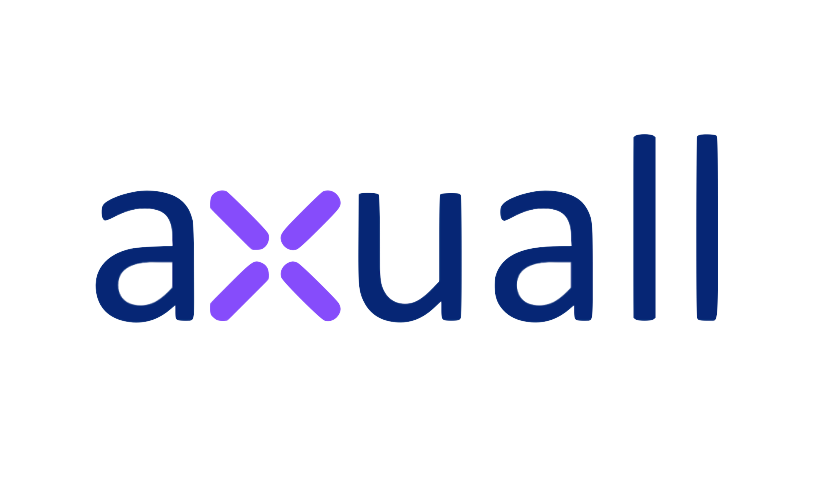8 digital health and life sciences executives share their hot takes and insights from the recent annual JPM Healthcare Conference 2024

Virgil Bretz, co-founder and CEO of MacroHealth
“The annual JP Morgan Healthcare Conference is still one of the most efficient ways to meet with capital partners. Other conferences are increasingly attracting the investment community, such as HLTH, but none are as concentrated as JP Morgan. This conference is unusual in that meetings for small and middle market companies typically don’t take place within the official conference but are instead scattered all over the surrounding hotels and restaurants. It can be impossible to find an unoccupied space or even a table to meet and present, but despite this it remains the preeminent event for executives looking to meet with investors.
One takeaway I had from the event is the sense that capital markets are more optimistic this year. People I spoke with were more positive about the economic climate, with an underlying sentiment that there is still significant portfolio cleanup to do with companies that may have been aggressively funded during the heights of the market. There is a lot of capital out there right now and quality companies will have no problem securing it, but those that are marginal, or underperforming might continue to have a tough time getting funded.”
Charlie Lougheed, CEO of Axuall, Inc.

“The twenty-twenties have not been kind to healthcare systems. During the last two JPMorgan Healthcare Conferences, health system leaders’ mood was determined yet glum — the pandemic, workforce shortages, burnout, stagnant reimbursement, and depleting budgets were all top of mind. However, while challenges remain, optimism at this year’s event was palpable as the tools and data to mitigate future risks and optimize workforces became available. A movement toward workforce intelligence that proactively addresses an increasingly complex supply and demand dynamic is clearly underway — signaling additional promise for a sector recovering from a painful few years.”

Ellen Rudolph, CEO and Co-Founder of WellTheory
“The biggest challenge for chronic condition management solutions in a growing, saturated enterprise space is consumer awareness. With the reach Omada has with enterprises, partnering with Amazon opens up doors in terms of distribution and letting consumers know that Omada is a benefit they have access to — at massive scale.”

Ron Gutman, Founder & CEO of Intrivo & On/Go
“Metabolic health, weight loss, and obesity are at the center of it all, with GLPs generating the most buzz. Everyone is concerned about adherence and stickiness of the drugs and early data shows that without the appropriate programs, people drop off and gain back all they lost. LillyDirect, more precisely, Big Pharma starting to play the direct-to-consumer game, is getting a lot of attention. There’s a huge opportunity for partnerships between innovative tech startups that are consumer-focused and big pharma that’s focused on R&D and commercialization, of course, with the supervision of doctors. Another popular topic is the pipeline of clinical trials focused on additional benefits of GLPs beyond obesity, diabetes, and weight loss. Several waves are expected around multiple areas of benefits like heart conditions, addiction, and more. And lastly, but definitely not least, Al is huge – every major CEO presentation is focused on it.”

Anu Sharma, CEO and Co-Founder of Millie Clinic
“Women’s health was everywhere at JPM — the mainstage, IPO chatter, sold-out side events, and even news headlines lamenting the lack of spaces to pump milk. The healthcare investing universe is finally catching up to the fact that women are the power users of the healthcare system accounting for 51% of the population and 80% of care decisions.”

BioPhy, Co-Founder and CEO, Dave Lawtshaw II, Ph.D
M&A: The Catalyst for Success in the Pharmaceutical Landscape
Embracing M&A in the pharmaceutical industry has become a powerful strategy to unlock innovation and growth, especially in the face of looming patent cliffs. Front and center at the JPM 2024 Healthcare Conference, M&A activities are fueling the industry’s potential to bring groundbreaking late-stage assets to the market. M&A makes it possible for the best data to rise, enabling rapid advancements in patient care and lucrative returns for shareholders, ultimately benefiting all stakeholders involved.
AI: The Non-Negotiable Ingredient for Pharma’s Survival and Success
The value of incorporating AI into drug discovery and development cannot be overstated. As discussions at the JPM 2024 Conference highlighted, AI adoption is non-negotiable to remain competitive in the rapidly evolving pharmaceutical landscape. By embracing the power of AI and harnessing its insights, the industry has the potential to make targeted breakthroughs, speed up development processes, and ultimately, save countless lives by fast-tracking life-saving treatments to the market.
Putting Patients First: The Core Principle That Transcends Geopolitical Challenges
Addressing the complex interplay of geopolitical risks and global drug supply chains, the JPM 2024 Conference showcased how the pharmaceutical industry must always prioritize patients’ welfare. The industry has a moral obligation to navigate geopolitical minefields and foster resilient, responsive supply chain management that ensures patients remain at the center of decision-making processes, regardless of political tensions that may arise. Given the rising geopolitical risks in 2024, all companies will have to be vigilant as to how these changes impact everything from raw materials to drug product, and ultimately patient mobility.
GLP-1 Antagonists: A Stepping Stone, Not the Ultimate Panacea, in Longevity Research
The promise of GLP-1 antagonists and similar obesity drugs highlighted at the JPM 2024 Healthcare Conference marks a significant leap forward in the fight against obesity and obesity-related diseases. However, it’s important to recognize that these treatments represent only one piece of the longevity puzzle. The industry must remain vigilant about not crowning GLP-1 antagonists as the ultimate solution. Instead, it must continuously invest in developing comprehensive therapies and tackling the complex interplay of factors that contribute to obesity and aging, ultimately pushing the boundaries of human health and longevity with an initial focus on lean mass retention during treatment.

Russ Richmond, CEO and Co-Founder of Laudio
- Green Money Shoots – The financial situation for hospitals is improving, and most think this will continue over the next year. volumes are also improving.
- Labor remains a core issue — in fact, every single nonprofit hospital system is still talking about the challenges associated with labor and rising labor-related costs
- Automating repetitive work in healthcare will be a major trend in 2024 and key to solving some of our largest issues within the system
- AI remains a big theme

Orr Inbar, CEO and Co-Founder of QuantHealth
“Expect the current market down-cycle to largely be over by mid-year, however, investors will likely maintain a first-principles approach for some time to come. QuantHealth’s in-silico evidence-generation approach can be an invaluable tool for investors to make calculated asset assessments before deploying capital.
Due to cash reserves drying up, many early-stage biotechs will be forced to demonstrate near-term inflection points in their programs, and many will not make it to their next round. QuantHealth can be a strong biotech partner to demonstrate proof-of-concept viability for prospective investors and big-pharma partners.
With the IRA reducing the exclusivity period for many drugs, QuantHealth’s synthetic trials can be an important tool to extend a drug’s label into new indications and to support payor negotiations.
This year will mark a turning point in the integration of biological and clinical data to support end-to-end drug development, as noted by the Caris-ConcertAI and Caris-Flatiron partnerships. QuantHealth’s in-silico platform natively integrates these two knowledge domains into a single learning framework and will be a catalyst for such data integrations and partnerships.”


